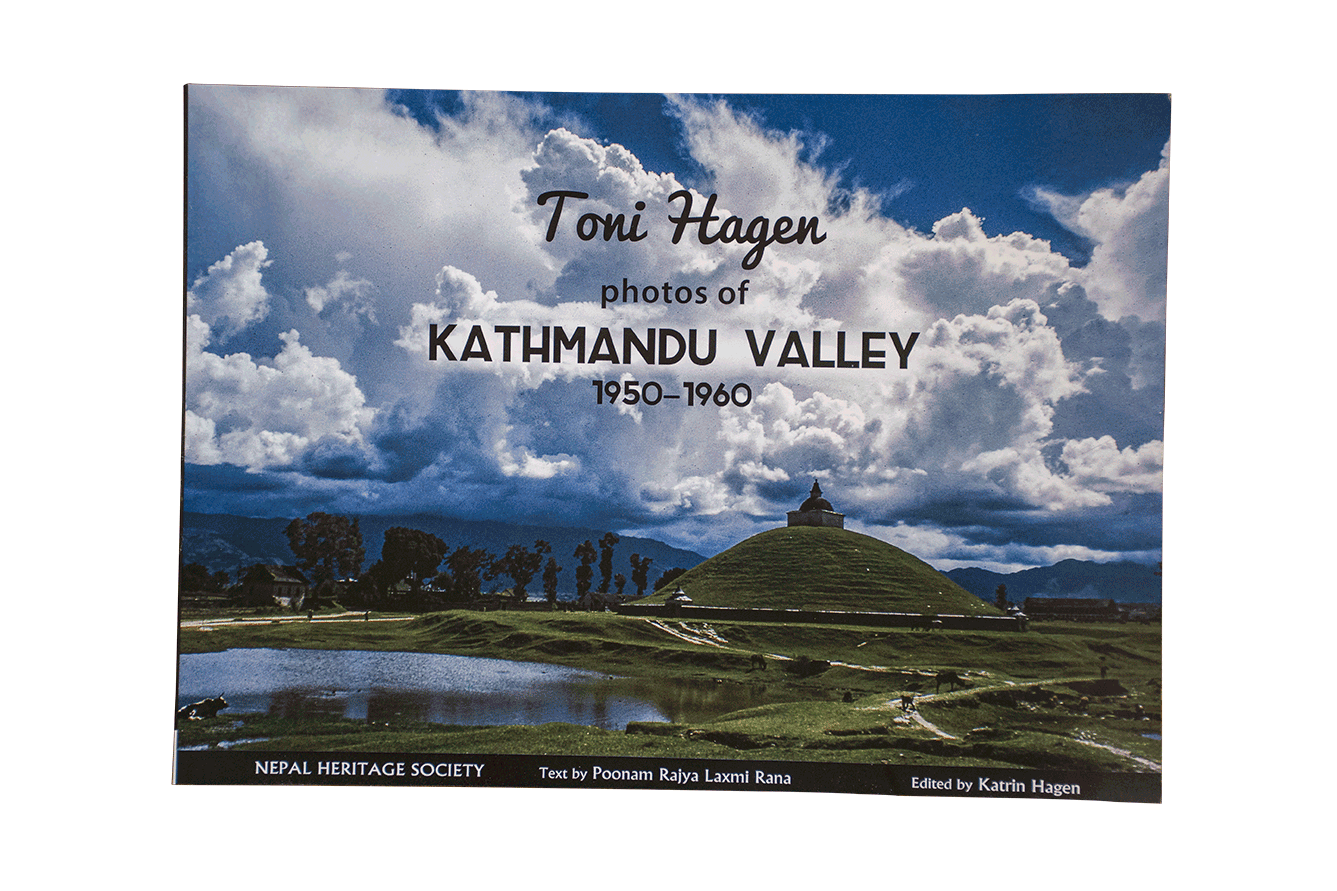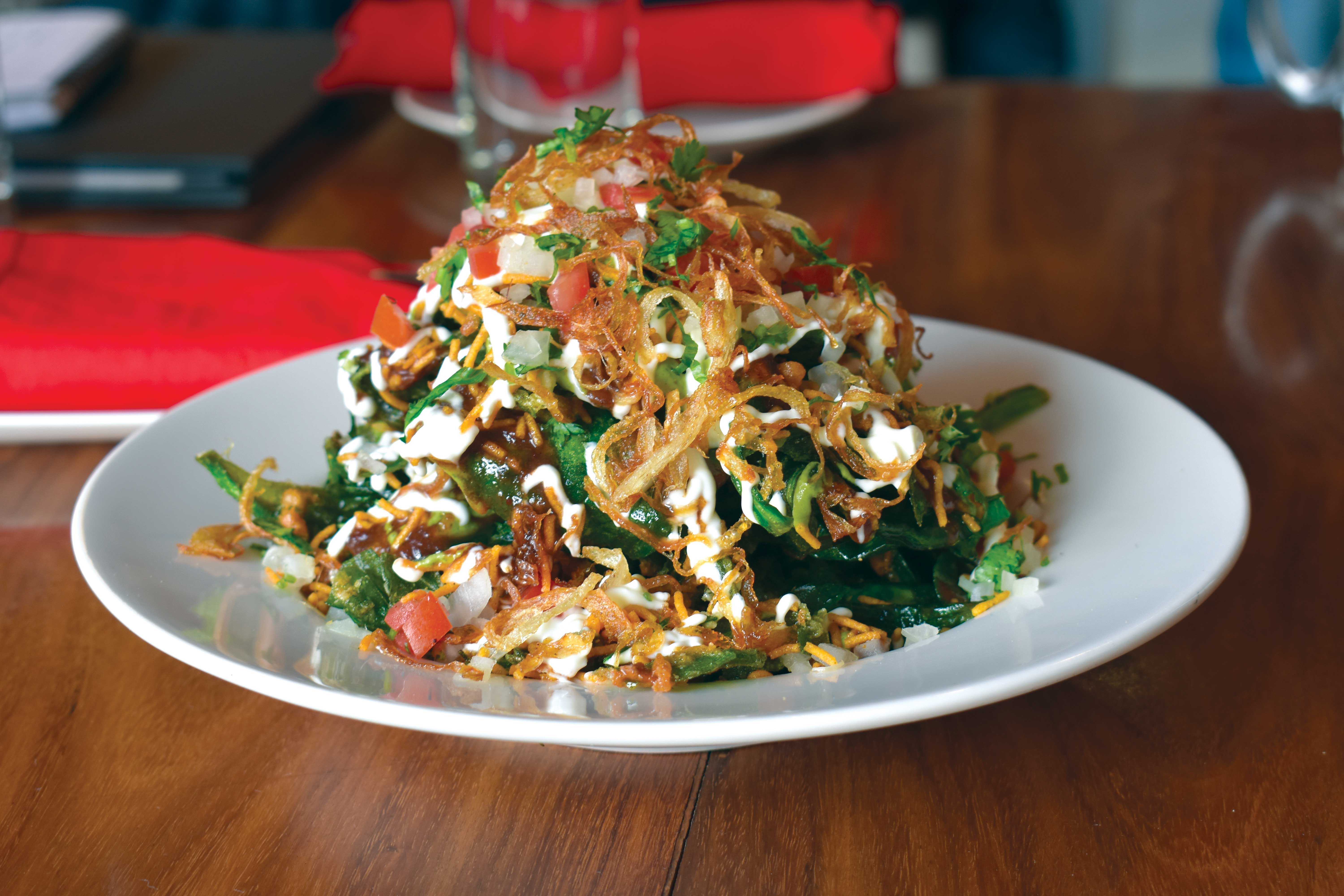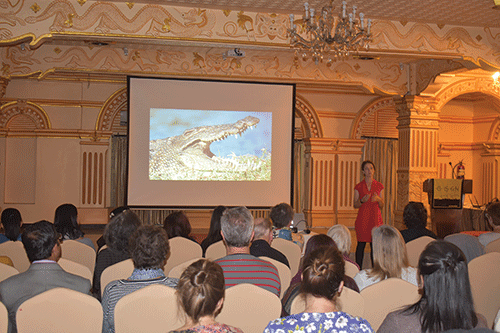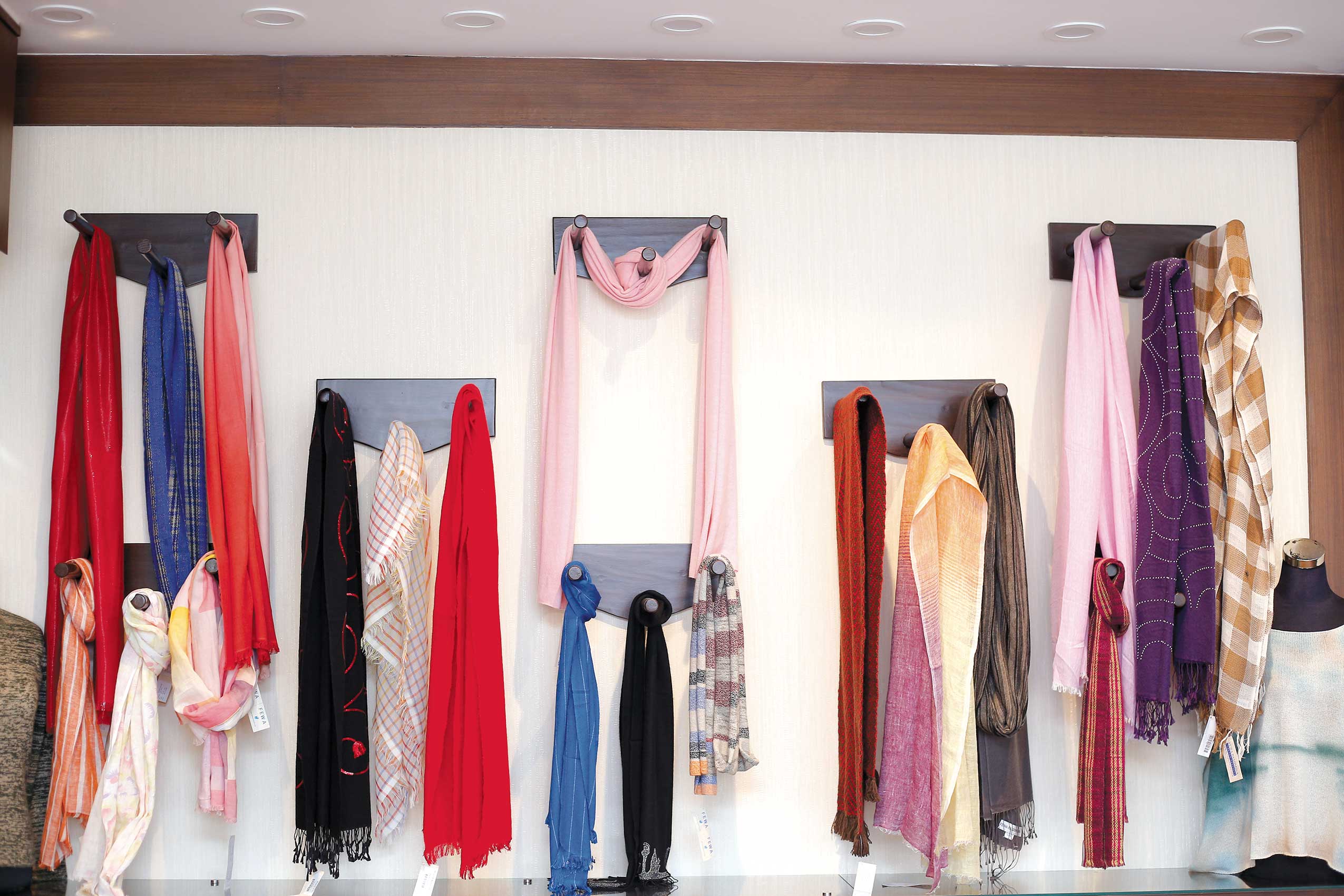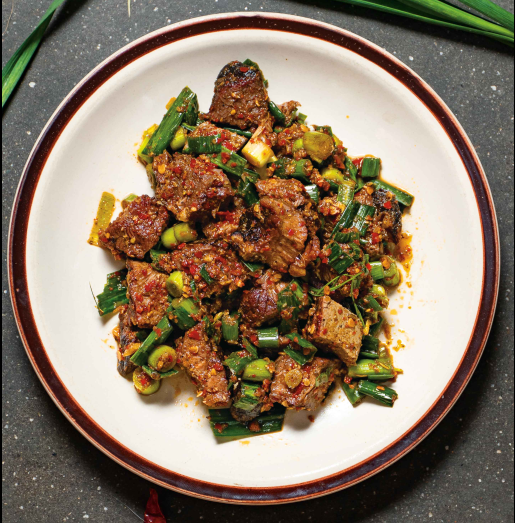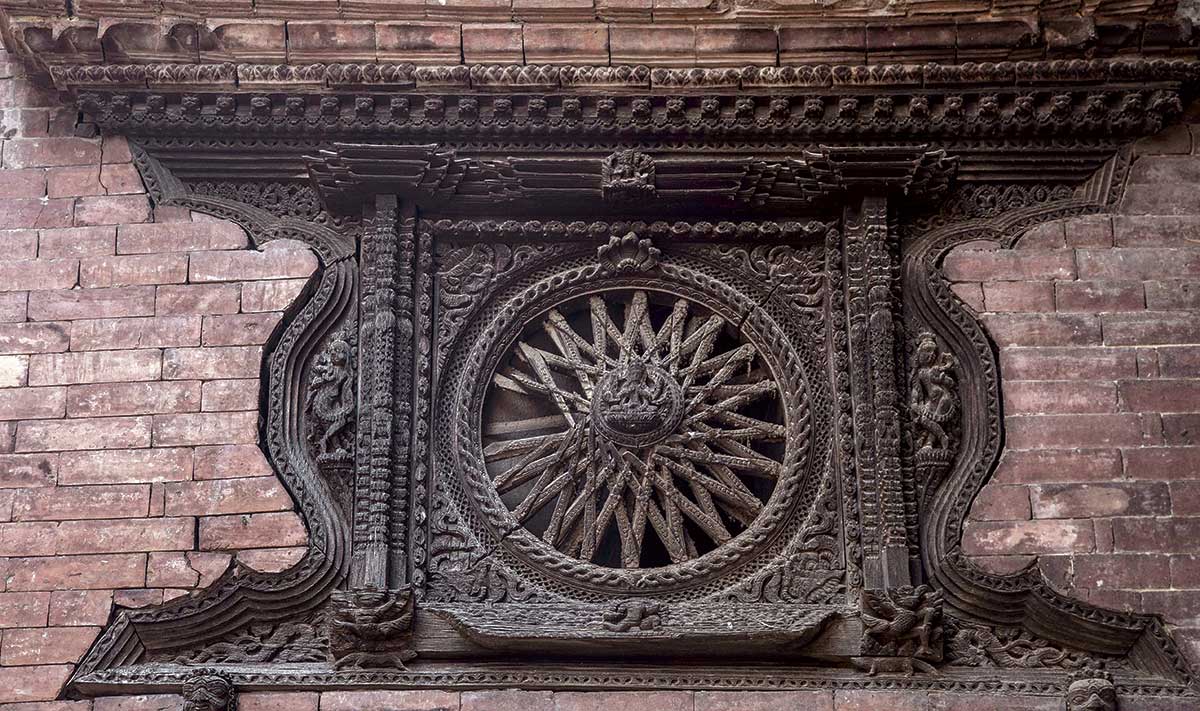The city of Patan has is known as the cultural and architectural capital of Kathmandu Valley. The opulence of the magnificent royal palace complexes, their exquisitely carved lattice windows, the marvelous wooden struts and the temples stand testimony to the excellent craftsmanship of the artisans of the Malla era. Newa Chén embodies these qualities and reminds us that Newari art and craft is alive and well.
Newa Chén, a.k.a. the Shrestha House, is located in Kobahal Tol, north of the Patan Darbar Square, on the road that leads down to the holy ghats of Bagmati in Sankhamul. Originally built during the reign of the Malla dynasty in the Valley, it speaks of a time when Newari art, architectural and cultural grandeur was at its peak.
 The three-storied Shrestha House was constructed of bricks and timber. A visit to the house provides a respite from the ugly concrete high-rise that is beginning to dominate the skyline of this ancient city. The Shrestha House could have met with the same fate had it not been for the Shrestha family’s desire to preserve it. “Instead of demolishing our ancestral home and constructing a cement and concrete high-rise, we chose to transform it into an elegant and quality tourist accommodation,” says Debendra B. Shrestha, the owner of the heritage inn.
The three-storied Shrestha House was constructed of bricks and timber. A visit to the house provides a respite from the ugly concrete high-rise that is beginning to dominate the skyline of this ancient city. The Shrestha House could have met with the same fate had it not been for the Shrestha family’s desire to preserve it. “Instead of demolishing our ancestral home and constructing a cement and concrete high-rise, we chose to transform it into an elegant and quality tourist accommodation,” says Debendra B. Shrestha, the owner of the heritage inn.
While restoring the house, it was decided right from the start that there would be no compromise when it came to retaining the original structure and integrity of the house. “The restoration has left the integrity of the original structure intact,” says Saraswoti Shrestha, Debendra‘s wife, who also helps to manage the daily affairs of this elegant inn. The building retains the characteristic features of a traditional Newari house with low ceilings, mortar and brick walls, warm subdued lighting and tranquil courtyards, but it has been fully modernized. Shrestha house now offers rooms equipped with modern amenities like, among other things, attached bathrooms and bathtubs on some of the rooms, unlike a traditional house, but there has been no compromise on the elegance of the original structure.
This vast restoration and innovation was possible with the support of various national and international agencies. Initially the project was fraught with funding limitations, but their plight was soon to end when in 1997, GTZ, the German Aid Agency, launched a program to promote urban development through local initiatives. They made an inventory of buildings that would be restored to their former glory and Shrestha House was on the list. The Department of Archeology (DOA) then secured support for restoration from UNESCO. UNESCO worked with Patan Tourism Development Organization (PTDO) and restored the 18th Century Malla era residential complex into an elegant Bed and Breakfast. Funds for the restoration were raised by The National Federation of UNESCO Associations of Japan.

The restoration took five long years, but the wait was worthwhile. The Shrestha House was reborn as Newa Chén on 21 June 2006 amid a gala function attended by Koto Kano, UNESCO’s Nepal representative and other distinguished guests.
The eight rooms in the inn include one deluxe room, five rooms with attached baths and three rooms that have a shared bath. Prices range from US $17/- dollar to upwards of US $30/- for a room. The rooms are minimalist in design and are furnished in traditional Newar style, with sukuls (straw mats) spread on the floor instead of glossy carpets. Rooms are named after the auspicious symbols of the ‘Astha Matrika’ (Eight auspicious symbols).
 Newa Chén offers a unique opportunity for visitors to experience the intricacies of traditional Newar lifestyle, and is an ideal place for both short-term and long-term guests. The guests get a chance to witness the rich legacy of traditional Newar architectural heritage, and the commendable efforts of the Shrestha family to preserve it. “At the core of our effort is our desire to safeguard and promote Kathmandu valley’s culture, which is under great threat from urbanization,” says Shrestha.
Newa Chén offers a unique opportunity for visitors to experience the intricacies of traditional Newar lifestyle, and is an ideal place for both short-term and long-term guests. The guests get a chance to witness the rich legacy of traditional Newar architectural heritage, and the commendable efforts of the Shrestha family to preserve it. “At the core of our effort is our desire to safeguard and promote Kathmandu valley’s culture, which is under great threat from urbanization,” says Shrestha.
Newa Chén is an excellent example of how traditional buildings can be preserved through rehabilitation and sustainable tourism activities. “Newa Chén speaks volumes for the preservation of traditional architecture and cultural landscapes that should not be sacrificed in the name of urbanization. A little rehabilitation and adaptive reuse works just fine. Furthermore, the income generated from these initiatives can be used to promote a series of such establishments. It’s preserving tradition and ensuring income opportunities at the same time,” concludes Shrestha.
For details: 5533532,
Email: yaamo@gmail.com


